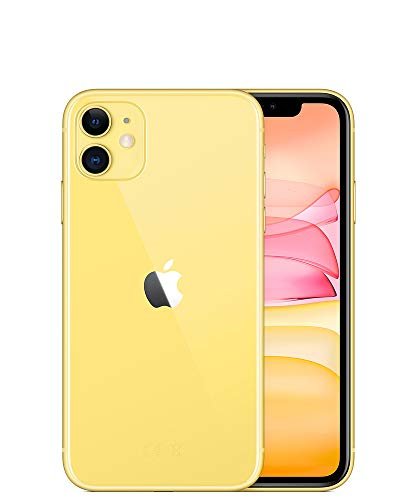Introduction:
In the ever-evolving landscape of technological advancements, there exists a term that encapsulates precision, efficiency, and innovation – “punch technology.” This specialized field has quietly but significantly revolutionized various industries, from manufacturing to healthcare, with its diverse applications and transformative capabilities. In this article, we delve into the origins, evolution, and profound impact of punch technology across different sectors, highlighting its importance in shaping modern processes and driving efficiency.
Origins and Evolution:
The roots of punch technology can be traced back to ancient times when craftsmen and artisans used rudimentary tools to create intricate designs on various materials. However, it wasn’t until the Industrial Revolution that punch technology began to take shape in its modern form. With the advent of mechanized processes and the invention of the punch press, the capabilities of punch technology expanded exponentially, allowing for faster and more precise fabrication of materials.
Over the years, punch technology has undergone significant advancements, driven by innovations in materials, engineering, and computerization. Traditional punch presses have evolved into sophisticated machines equipped with advanced control systems, robotic arms, and intricate tooling mechanisms, enabling precise shaping, cutting, and perforating of a wide range of materials, including metals, plastics, and textiles.
Applications in Manufacturing:
In the manufacturing industry, punch technology plays a pivotal role in the production of various components and products across different sectors, including automotive, aerospace, electronics, and consumer goods. Punch presses are utilized for tasks such as blanking, piercing, bending, and forming, allowing manufacturers to achieve high levels of precision and productivity while minimizing material waste and production costs.
The automotive industry, in particular, has embraced punch technology for its ability to fabricate complex and lightweight components, such as chassis parts, body panels, and engine components. By leveraging advanced punch press capabilities, automotive manufacturers can meet stringent design specifications and regulatory standards while optimizing production efficiency and reducing lead times.
Impact on Healthcare:
Beyond manufacturing, punch technology has also made significant inroads into the healthcare sector, where it is employed in medical device fabrication, surgical instrument manufacturing, and pharmaceutical packaging. With its ability to produce intricate and customized components with tight tolerances, punch technology plays a critical role in advancing medical innovation and improving patient outcomes.
In medical device manufacturing, punch presses are used to fabricate components for devices such as pacemakers, stents, and prosthetic implants. The precision and repeatability offered by punch technology ensure the reliability and performance of these life-saving devices, contributing to advancements in patient care and treatment options.
Furthermore, punch technology is instrumental in the production of surgical instruments, where precision and durability are paramount. By leveraging advanced materials and tooling techniques, manufacturers can produce instruments that meet the exacting requirements of surgeons and healthcare professionals, enhancing surgical outcomes and patient safety.

Environmental Sustainability:
In addition to its technical capabilities, punch technology also plays a crucial role in promoting environmental sustainability across various industries. By optimizing material usage, minimizing waste, and enhancing energy efficiency, punch technology enables manufacturers to reduce their environmental footprint and operate more sustainably.
In the automotive sector, for example, punch technology facilitates the fabrication of lightweight components, contributing to fuel efficiency and reducing greenhouse gas emissions. Similarly, in the packaging industry, punch technology allows for the production of eco-friendly packaging materials with minimal material waste, supporting efforts to reduce plastic pollution and promote recycling.
Future Directions:
Looking ahead, the future of punch technology appears promising, with ongoing advancements in materials science, robotics, and digitalization driving innovation and expanding its applications. Emerging technologies such as additive manufacturing (3D printing) and artificial intelligence (AI) are poised to further enhance the capabilities of punch technology, enabling new levels of customization, efficiency, and automation.
In conclusion, punch technology stands as a testament to human ingenuity and innovation, transforming industries and driving progress across various sectors. From its humble origins to its modern-day applications, punch technology continues to shape the way we design, fabricate, and manufacture products, driving efficiency, precision, and sustainability in the process. As we navigate the complexities of the modern world, the impact of punch technology will undoubtedly continue to resonate, shaping the future of industry and innovation for generations to come.




